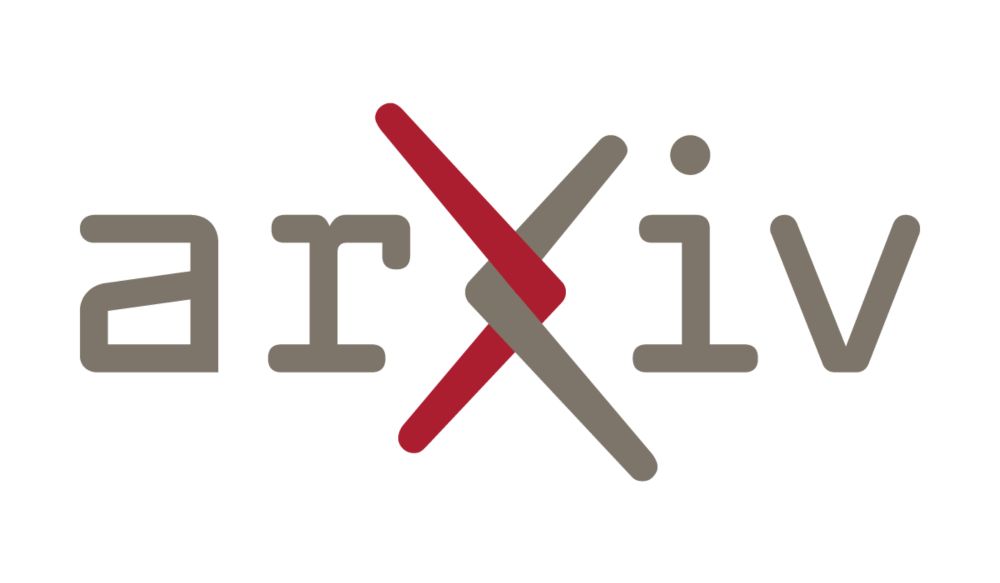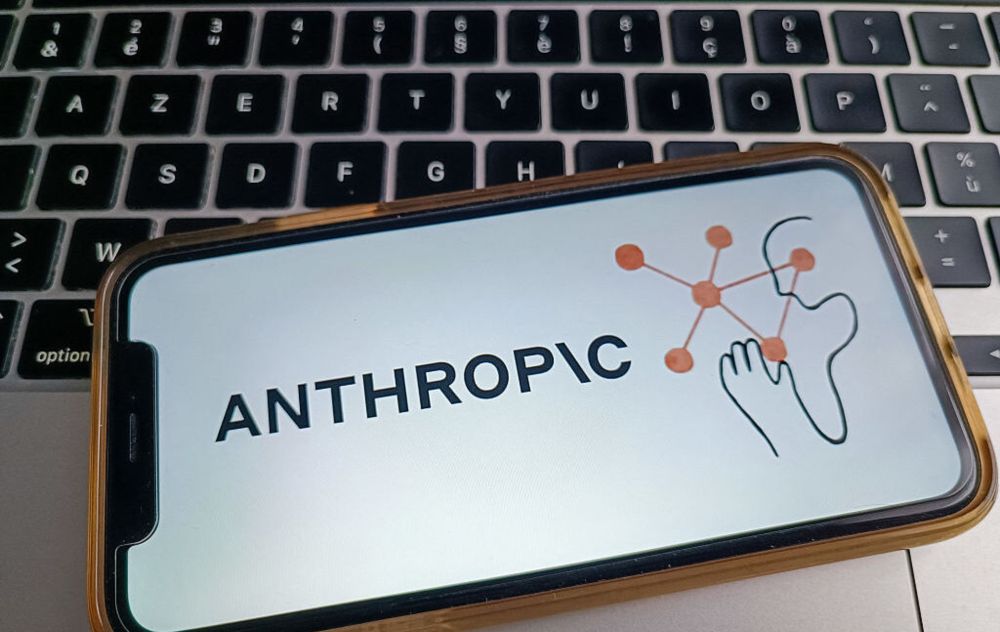Posts
Media
Videos
Starter Packs
Reposted by Jake Quilty-Dunn
Reposted by Jake Quilty-Dunn
Reposted by Jake Quilty-Dunn
Reposted by Jake Quilty-Dunn
Reposted by Jake Quilty-Dunn
Reposted by Jake Quilty-Dunn
Yoav Goldberg
@yoavgo.bsky.social
· Aug 27

Humans Perceive Wrong Narratives from AI Reasoning Texts
A new generation of AI models generates step-by-step reasoning text before producing an answer. This text appears to offer a human-readable window into their computation process, and is increasingly r...
arxiv.org
Reposted by Jake Quilty-Dunn
Reposted by Jake Quilty-Dunn









